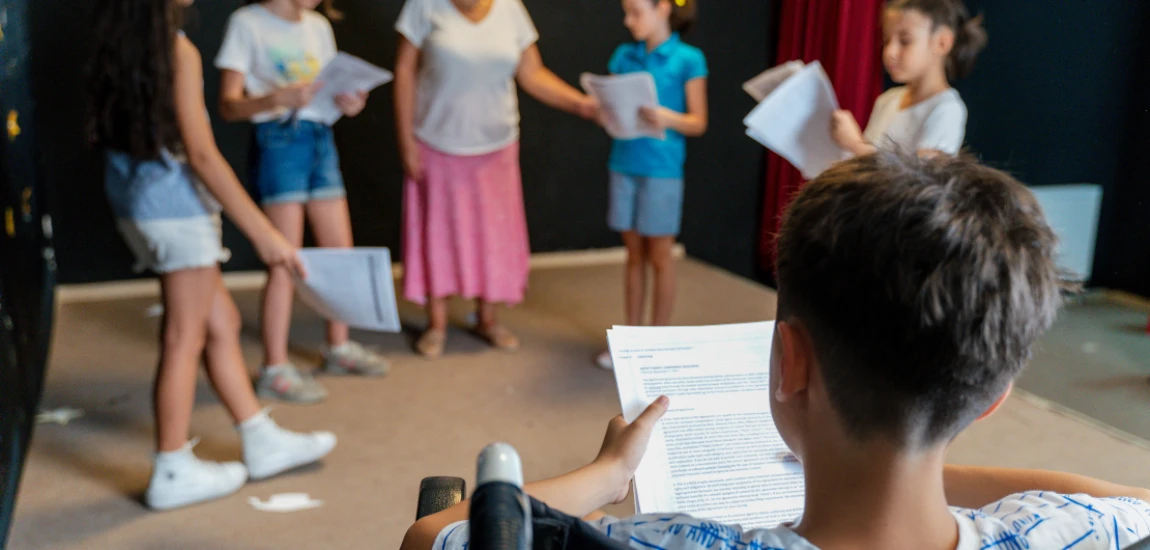Rise of the ‘Slow-Burn’ Drama: Why Viewers Crave Long-Form Storytelling Again

The exhaustion of instant gratification
In an era dominated by short-form videos, quick plot twists, and bingeable episodes, audiences are increasingly craving something deeper—a narrative that takes its time. The slow-burn drama has reemerged as a counterbalance to digital fatigue. Viewers who once scrolled endlessly through fast content are rediscovering the pleasure of patience, savoring stories that unfold gradually, layer by layer.
The rise of emotional investment
Unlike quick thrillers or formulaic blockbusters, slow-burn dramas reward emotional endurance. They invite audiences to invest in subtle character arcs, moral ambiguities, and quiet tension. It’s not just about what happens—it’s about how it happens. This shift mirrors a growing cultural desire for mindfulness and meaningful engagement, even in entertainment.
Streaming platforms fueling the trend
Platforms like Netflix, HBO Max, and Amazon Prime Video have embraced the format. Shows like Succession, The Crown, and Better Call Saul prove that audiences will stay with a story for multiple seasons if the emotional and narrative payoff feels earned. The slow-burn renaissance reflects how streaming culture, paradoxically, has created space for long-form immersion.
Defining the Slow-Burn Drama: What Makes It Work

Storytelling that simmers, not explodes
A slow-burn drama builds tension incrementally. The pacing is deliberate, the stakes often emotional rather than explosive. Writers use silence, nuance, and implication as narrative tools. It’s about what’s not said as much as what is.
Deep characterization and emotional layering
Character development is central. Audiences come to understand people through their smallest decisions, glances, or contradictions. Every moment contributes to a cumulative understanding, creating a psychological realism that fast-paced storytelling often sacrifices.
Realism and atmosphere over spectacle
These stories favor texture and realism over flashy editing or action. Cinematography lingers on details—a half-empty room, a flickering light, a breath before confrontation. The world feels lived-in and immersive, allowing viewers to experience a sense of presence rather than performance.
Why Viewers Are Craving Long-Form Storytelling Again

Depth in an age of distraction
We live in a world of overstimulation—constant notifications, quick news cycles, and algorithmic entertainment. Slow-burn storytelling offers refuge from that chaos. It provides time to breathe, think, and emotionally connect. Watching such a story becomes an act of resistance against the culture of speed.
The return of complexity and ambiguity
Modern audiences are smarter than ever. They crave complexity—the moral gray zones, the layered motives, the unanswered questions. Long-form storytelling gives creators room to explore those complexities without rushing to resolution. Characters can grow, evolve, or even regress in ways that feel true to life.
The nostalgia factor
Slow-burn dramas also evoke nostalgia for older storytelling rhythms—from classic cinema to serialized novels. There’s comfort in revisiting pacing that feels timeless. This connection between nostalgia and patience creates emotional depth that feels rare in today’s instant world.
How Creators Build Compelling Slow-Burn Narratives

The art of delayed gratification
Writing a slow-burn narrative requires a mastery of timing. Creators must balance intrigue with restraint—offering small emotional or narrative rewards along the way while holding back the ultimate revelation. The payoff must feel inevitable yet surprising, earned through quiet buildup rather than shock.
The power of subtext and silence
Dialogue in slow-burn dramas often says less but means more. Long pauses, unsaid truths, and subtle shifts in tone become powerful storytelling devices. Directors use framing, sound design, and pacing to create tension not from action, but anticipation.
Layering plotlines over emotional arcs
The best slow-burn dramas weave multiple threads—personal, political, psychological—over time. Each subplot reinforces the central emotional question, creating a tapestry of meaning. This structural density keeps audiences engaged even when “nothing happens” on the surface.
Examples of the Modern Slow-Burn Renaissance

Prestige television leading the way
Series like The Crown, Mad Men, The Handmaid’s Tale, and Better Call Saul exemplify how slow-burn storytelling thrives on streaming platforms. These shows allow for character introspection, long-term development, and moral tension that unfold over years rather than minutes.
South Asian and global parallels
In South Asian media, slow-burn storytelling is also resurging. Pakistani dramas like Khaani and Indian series such as Paatal Lok and Kohrra balance realism with emotional depth. These stories reject melodrama for authenticity, aligning perfectly with the global shift toward nuanced storytelling.
Cinema’s quiet masterpieces
Films such as Drive My Car, The Power of the Dog, and Past Lives demonstrate that audiences worldwide respond to deliberate pacing. These works rely on atmosphere and emotion rather than spectacle, reaffirming that storytelling rooted in patience can still captivate millions.
The Psychology Behind the Appeal of Slow-Burn Storytelling

Cognitive satisfaction and anticipation
Psychologically, anticipation enhances enjoyment. Slow-burn storytelling taps into that mechanism, creating a narrative rhythm that heightens curiosity and engagement. The mind stays active, piecing together clues and interpreting subtext, leading to greater narrative immersion.
Emotional bonding through time
Spending more time with characters deepens empathy. Long-form storytelling allows viewers to witness growth, flaws, and redemption arcs in organic ways. Emotional investment builds gradually, producing a payoff that feels genuinely cathartic.
The need for meaning in modern media
In an age of viral trends and disposable content, audiences crave meaning. Slow-burn dramas provide it by mirroring life’s real tempo—where transformation is slow, conflict subtle, and emotions layered. These narratives don’t demand attention; they earn it.




